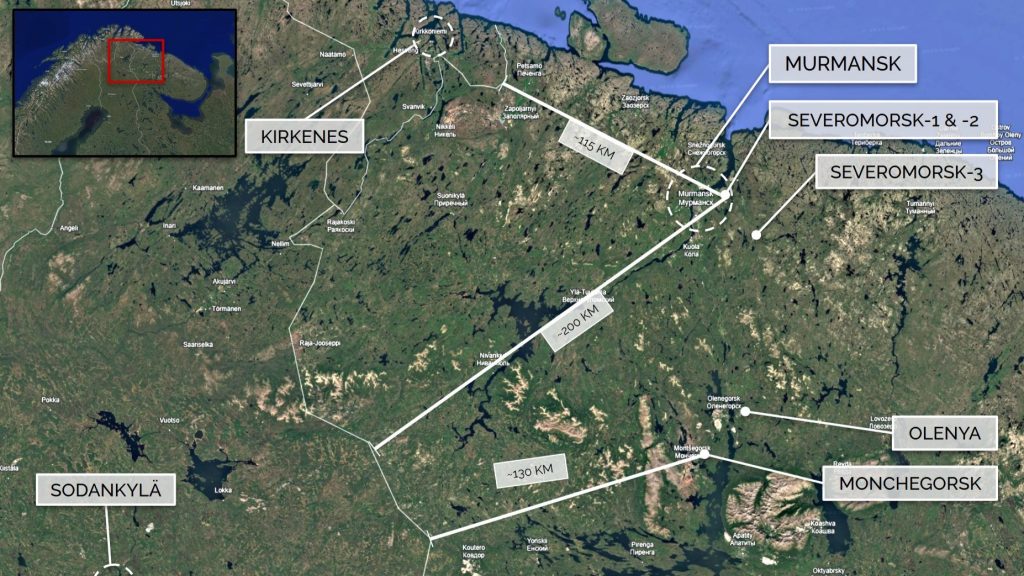New satellite data shows Moscow reinforcing military bases near NATO’s newest members.
Others are reading now
Russia is expanding its military presence near the borders of Finland and Sweden, satellite images published by Swedish public broadcaster SVT reveal.
The buildup is seen as a direct response to the two Nordic countries joining NATO, according to military analysts.
The images, taken by Planet Labs, show a marked increase in military activity across four key Russian bases: Kamenka, Petrozavodsk, Severomorsk-2, and Olenia—with visible construction, deployments, and buildup of military infrastructure.
Troop Expansion Near Finnish Border
At the Kamenka base on the Karelian Isthmus, just 60 kilometers from the Finnish border, satellite images show that Russia has established a military camp with over 130 tents since February 2025. The camp could now house up to 2,000 soldiers, according to SVT.
Also read
“This is a clear message from Moscow,” said Finnish military analyst Emil Kastehelmi in an interview with the Helsinki Times.
The increased activity is a direct response to Finland and Sweden’s accession to NATO.
Further west, in Petrozavodsk—roughly 175 kilometers from the Swedish border—three new vehicle depots have been built, each large enough to hold about 50 armored vehicles. A fourth depot was under construction as of April 2025, suggesting the buildup is still ongoing.
These depots significantly expand Russia’s ability to stage ground forces closer to northern Europe, raising concerns in both Stockholm and Helsinki.
Strategic Bases Being Reinforced
Two additional bases show signs of strategic importance:
- At Olenia Air Base, a known launch site for Russian strategic bombers conducting attacks on Ukraine, activity has increased.
- At Severomorsk-2, a military base north of the Arctic Circle, runway renovations are underway, with military helicopters already parked on the tarmac.
Swedish defense analysts believe the improvements at Severomorsk-2 aim to make the base operational again for rotary-wing aircraft, expanding Russia’s Arctic military reach.
The troop movements come just months after Finland and Sweden formally joined NATO, triggering concern across the alliance about a possible escalation of tension in the Nordic-Baltic region.


